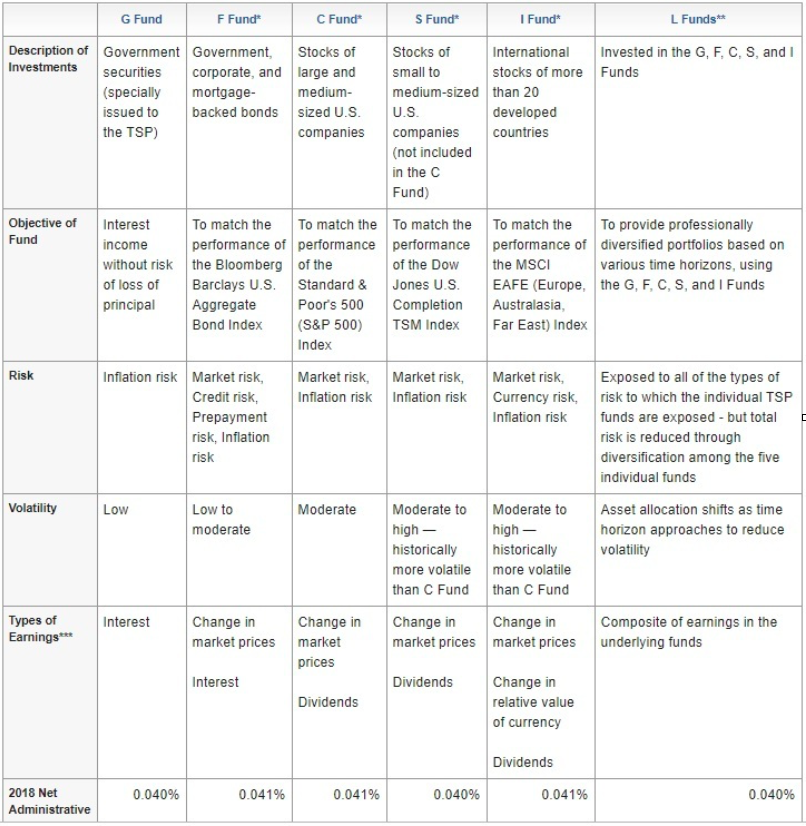The National Defense Authorization Act of 2016 that created the “Blended Retirement System” or BRS was passed by Congress to replace the “High-3 Legacy” was signed into law on Nov 25, 2015, by President Obama.
Both the BRS and “High-3 Legacy” retirement options bring two slightly varied systems. One is offering more upfront money and the other is offering long-term payments that are higher by about 20%.
For most veterans and military personnel as well as federal employees, especially born after the Baby boomer generation, it is becoming rapidly and increasingly clear that their retirement and pension planning options are quickly shrinking and would look nothing like what their parents and grandparents enjoyed. It is also becoming clear to both Gex-X and Gen-Y military personnel that they would have to pitch in more to build their nest egg to plan for their retirement.
However, if you are looking for Best IRA Accounts the most popular options among military veterans are either “Thrift Saving Plans” or TPS, or the Roth IRA. Both the TPS and the Roth IRA have their pros and cons and both are meant for saving up for your retirement.
What is a Thrift Savings Plan IRA?
A Thrift Saving Plan or TPS is an IRA specifically designed and offered for US Federal government employees as well as military personnel who wish to invest in an individual retirement scheme. The contribution for a TPS IRA is on a defined basis. What we mean by defined basis here is that the retirement income you will receive from a TPS IRA will be directly impacted by your contribution during your working years to the TPS IRA account and how much it earns over the period of your employment.
The TPS is designed for Federal employees to mimic a retirement saving scheme similar to what employees get in a 401(k) retirement saving plan. And just like a 401(k) plan a TPS plan deducts your contributions right out of your paycheck as deemed and approved by you.
You can sign up for TSP at tsp.gov and get a wealth of information and options to choose from. Your investments range from the more conservative G-Fund which comprises government securities issues specifically for government to the more risky option the L-Fund which is a combination of G, F, C, S, and I Funds. It is important to understand that these funds (G, F, C, S & I) are specifically designed for various time horizons and should, therefore, be chosen based on how far away you are from retirement.
As soon as you sign up for the TSP plan, your authorized contributions are automatically deducted from your paycheck. Note however that these deductions are made before your taxes are applied to your paycheck. Your TPS contributions are tax-deferred. When you get to the age of 59 ½ and began to deduct your savings you’ll be paying on the lump sum amount of the value of your TPS account value because your taxes were deferred at the time of contribution.
What is a Roth IRA?
The Roth IRA is essentially the opposite of a TPS retirement saving IRA. Unlike the TPS, for a Roth IRA, your contributions are taxed before your contribution. The good part is that you are only taxed on the contribution and not the growth it experiences over its lifetime. In other words, you will not have to pay taxes on your IRA account when you begin to withdraw from it after your 60th birthday. There are additional regulations however if you opt to go the route of investing in a Roth IRA. Be mindful of the fact that a Roth IRA incurs no taxes on the growth over its contribution lifetime; however, it may be taxed by some states at maturity. Check with your tax advisor about whether your state taxes Roth IRAs.
The great thing about Roth IRAs is that there is no age limit up to which you can contribute into your Roth IRA so long as the contributions are actual earned income and not withdrawn benefits from other IRA or pension account. It is important to note however that Roth IRAs have income limits for contributors; which means that your modified adjusted gross income needs to be under $110,000 for a single individual and under $160,000 for a family.
In conclusion, whether you plan to invest in a TSP or a Roth IRA as a United States Military Veteran, it is very important to start early and make consistent contributions to your IRA savings account.


